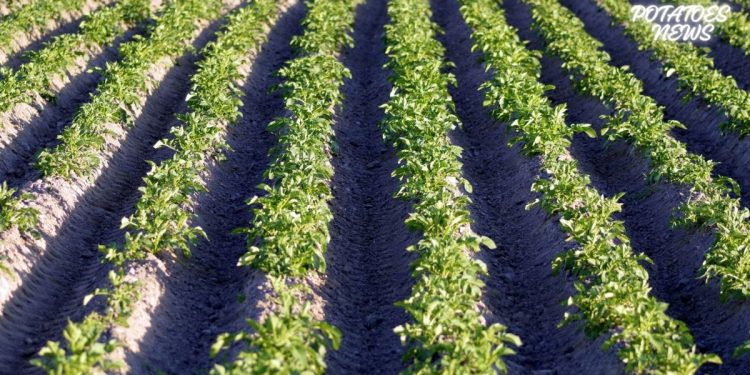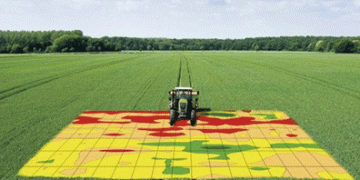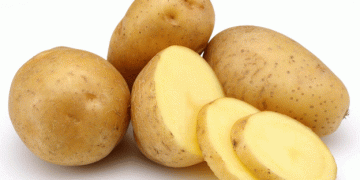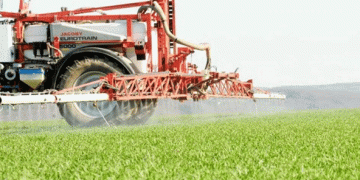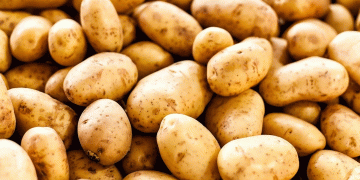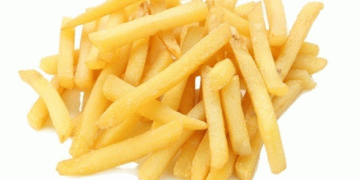Explore how proper row alignment is revolutionizing potato farming practices. From maximizing yield to minimizing resources, discover the latest data and insights shaping the future of potato cultivation.
In the vast landscape of modern agriculture, where efficiency and sustainability reign supreme, the significance of proper row alignment in potato farming cannot be overstated. Recent studies and real-world applications have shed light on the transformative potential of this seemingly simple practice, offering farmers, agronomists, and agricultural engineers a powerful tool to enhance productivity while minimizing environmental impact.
According to a study published in the Journal of Agricultural Science, optimizing row alignment can lead to a significant increase in potato yield per hectare. By aligning rows in the direction of prevailing winds and sunlight, farmers can effectively manage microclimatic conditions, ensuring optimal growth and development of potato plants throughout the season. This strategic alignment not only boosts yield but also contributes to more uniform tuber size and quality, ultimately enhancing marketability and profitability for farmers.
Furthermore, advancements in precision agriculture technologies have facilitated the implementation of precise row alignment strategies with unprecedented accuracy. High-precision GPS systems, coupled with automated machinery, enable farmers to align rows with unparalleled precision, minimizing the margin for error and maximizing resource efficiency. By reducing overlaps and gaps between rows, farmers can optimize land utilization, minimize input usage, and enhance overall farm profitability.
In addition to improving yield and resource efficiency, proper row alignment plays a crucial role in sustainable agricultural practices. By aligning rows to contour landscapes and minimize soil erosion, farmers can safeguard soil health and preserve valuable natural resources for future generations. Studies have shown that adopting conservation-minded row alignment practices can mitigate soil erosion by up to 50%, promoting long-term soil fertility and ecosystem resilience.
In conclusion, the adoption of proper row alignment techniques represents a paradigm shift in potato farming, unlocking new frontiers of productivity, sustainability, and profitability. By harnessing the power of precision agriculture and embracing sustainable practices, farmers can cultivate a brighter future for potato farming, ensuring food security and environmental stewardship for generations to come.
